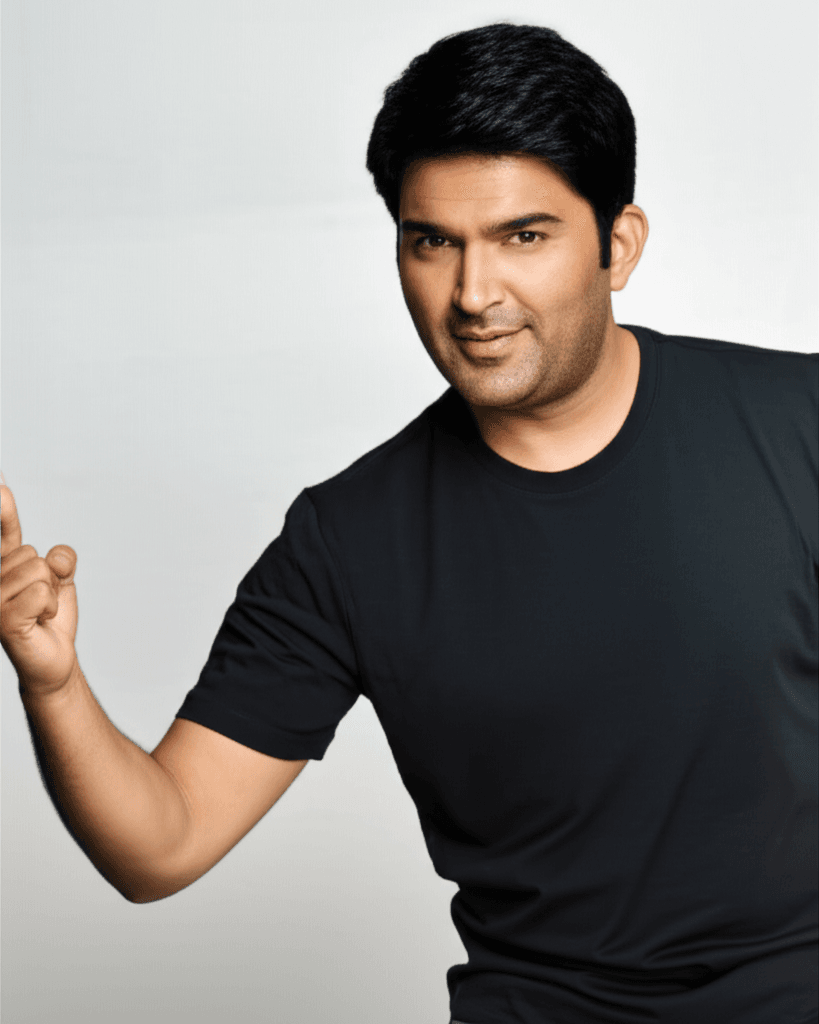Comedian and actor Kapil Sharma has garnered significant attention for his remarkable weight loss, shedding 11 kilograms in just 63 days without relying on crash diets or intense gym workouts. His transformation is attributed to a strategic and gradual approach known as the “21-21-21 rule,” devised by his fitness coach, Yogesh Bhateja.
Kapil Sharma’s journey highlights a sustainable path to weight loss, focusing on habit formation and mindful changes rather than drastic restrictions.

The Genesis of a New Lifestyle
Kapil Sharma‘s fitness journey began with a recognition of his irregular eating patterns, sleep deprivation, and overall lack of discipline, which had led to stiffness and inflammation in his body. His coach, Yogesh Bhateja, noted that initial simple movements like toe touches and arm circles were uncomfortable for the comedian. Despite the challenges, Sharma’s commitment from the very next day set the tone for his transformation.

Deconstructing the 21-21-21 Rule
The “21-21-21 rule” is a three-phase lifestyle plan, with each phase lasting 21 days, totaling 63 days for the complete transformation. This structured approach aims to build habits gradually, preventing burnout and promoting lasting change.
Phase 1: Days 1-21 – Prioritizing Movement
The initial 21 days focus entirely on incorporating more movement into daily life, without any diet restrictions. The goal is to awaken muscles and encourage consistent physical activity.
- Gentle Beginnings: Instead of intense workouts, this phase emphasizes basic stretches and simple body movements, akin to physical training (PT) exercises from school.
- No Diet Restrictions: During these first three weeks, individuals are encouraged to eat as they normally would, even indulging in treats like jalebis, to build a consistent fitness rhythm without feeling deprived. The primary objective is to establish the habit of daily movement.
Phase 2: Days 22-42 – Mindful Diet Modifications
Once movement becomes a regular habit, the second 21-day phase shifts focus to dietary adjustments. This stage emphasizes mindful eating and subtle changes rather than strict, restrictive diets.
- Modification, Not Elimination: Bhateja does not advocate for cutting out entire food groups like carbs or drastically reducing calories. Instead, the emphasis is on cultivating healthy eating habits and making small, thoughtful modifications.
- Practical Changes: Examples include shifting milk consumption from night to morning to avoid digestive issues like gas and bloating, and reducing frequent cups of tea rather than quitting entirely. Kapil’s diet also incorporated more fish as a lean protein source and plenty of vegetables.
Phase 3: Days 43-63 – Addressing Emotional Dependencies
The final 21-day phase targets emotional dependencies on substances and habits that do not contribute to overall health. By this stage, the body and mind are more active and motivated, making it easier to address these areas.
- Cutting Back: This phase focuses on reducing habits like smoking, excessive caffeine intake, alcohol, and late-night snacking.
- Self-Motivation: The visible results achieved in the previous phases provide a strong incentive for individuals to voluntarily abandon detrimental habits.

Why the 21-21-21 Rule is Effective
The success of the “21-21-21 rule” lies in its gradual and progressive nature. Trying to change too many things at once often leads to burnout, but by focusing on one step at a time, new routines are more likely to stick.
- Avoids Burnout: The phased approach prevents overwhelming the body and mind, allowing for adaptation at a steady pace.
- Boosts Motivation: Visible results, especially around the 42-day mark, provide a significant boost to self-motivation, encouraging continued progress.
- Sustainable Habits: The rule aims to create lasting lifestyle changes by fostering an internal drive rather than relying on external pressure. By the end of 63 days, individuals often become their own coaches, maintaining healthier habits autonomously.
Kapil Sharma’s transformation serves as an inspiring example that significant weight loss can be achieved through consistent, mindful changes and a focus on overall well-being rather than extreme measures.







